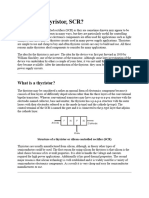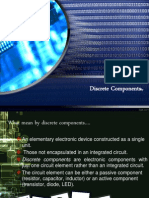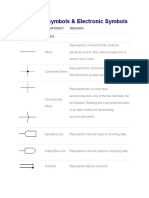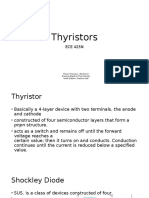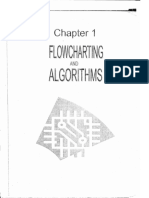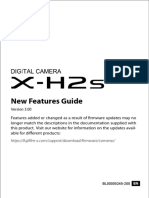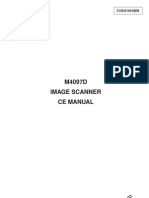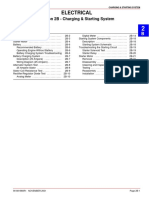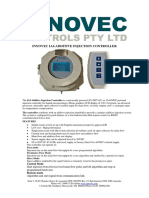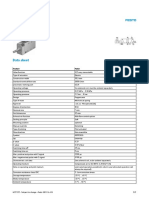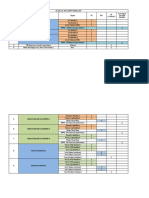0% found this document useful (0 votes)
104 views16 pagesElectronic System Design Basics
The document discusses electronic system design which involves three main components: the input device, signal conditioning or processing device, and output device. Thyristors are described as a class of semiconductor device with four alternating layers of p- and n-material that act as open or closed switches, making them useful for control applications. Common thyristors include SCRs, diacs, triacs, and SCSs.
Uploaded by
Renzo MonteadoraCopyright
© © All Rights Reserved
We take content rights seriously. If you suspect this is your content, claim it here.
Available Formats
Download as PDF, TXT or read online on Scribd
0% found this document useful (0 votes)
104 views16 pagesElectronic System Design Basics
The document discusses electronic system design which involves three main components: the input device, signal conditioning or processing device, and output device. Thyristors are described as a class of semiconductor device with four alternating layers of p- and n-material that act as open or closed switches, making them useful for control applications. Common thyristors include SCRs, diacs, triacs, and SCSs.
Uploaded by
Renzo MonteadoraCopyright
© © All Rights Reserved
We take content rights seriously. If you suspect this is your content, claim it here.
Available Formats
Download as PDF, TXT or read online on Scribd
/ 16

